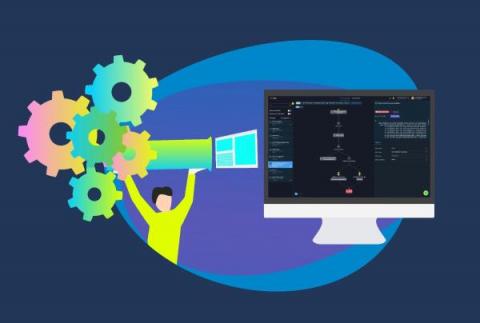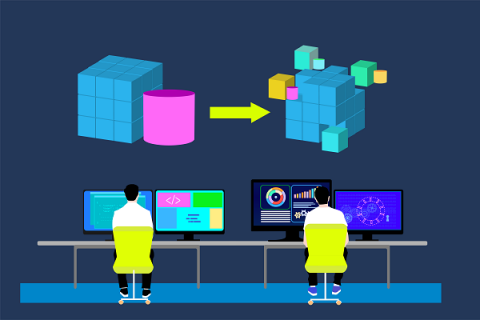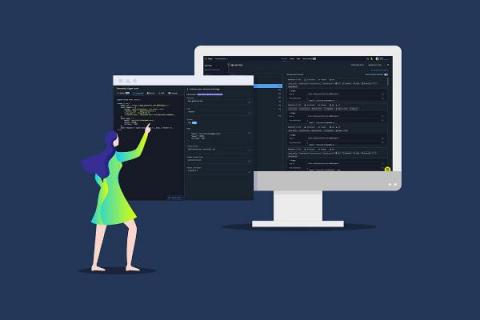How Helios integrates with Cypress to provide backend visibility into your UI testing
Testing web applications from the user interface (UI) is a must for every customer-facing product, from e-commerce portals to cyber security dashboards. Often, a broken or inefficient UI experience can make or break whether end users adopt a product quickly and trouble-free. This is why developers have embraced UI testing as a critical part of their development process.











